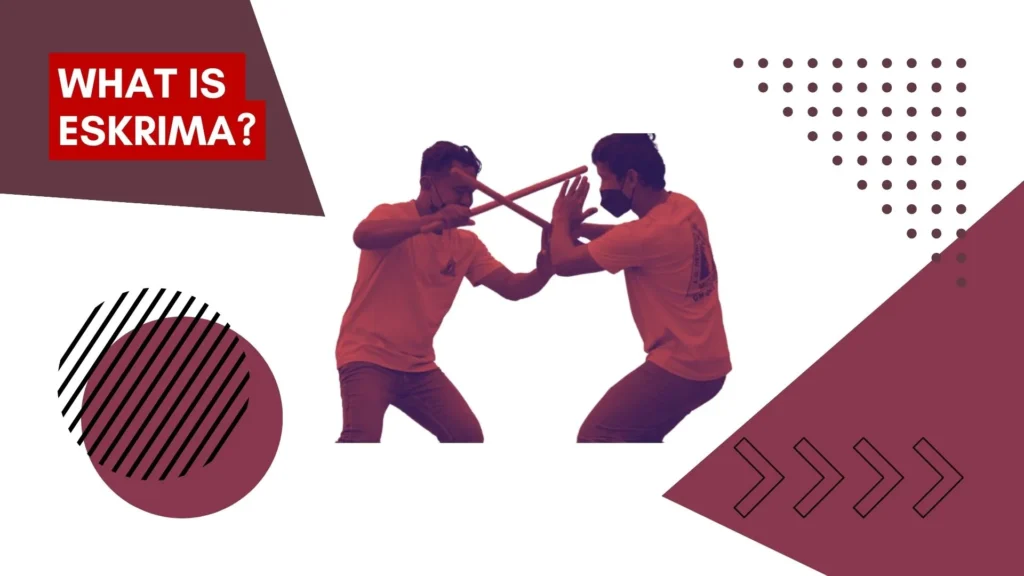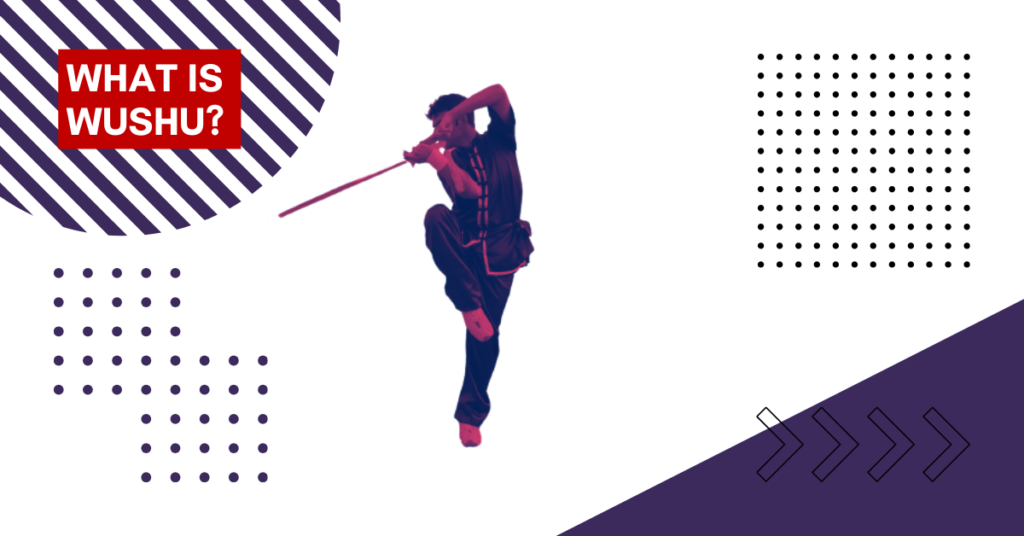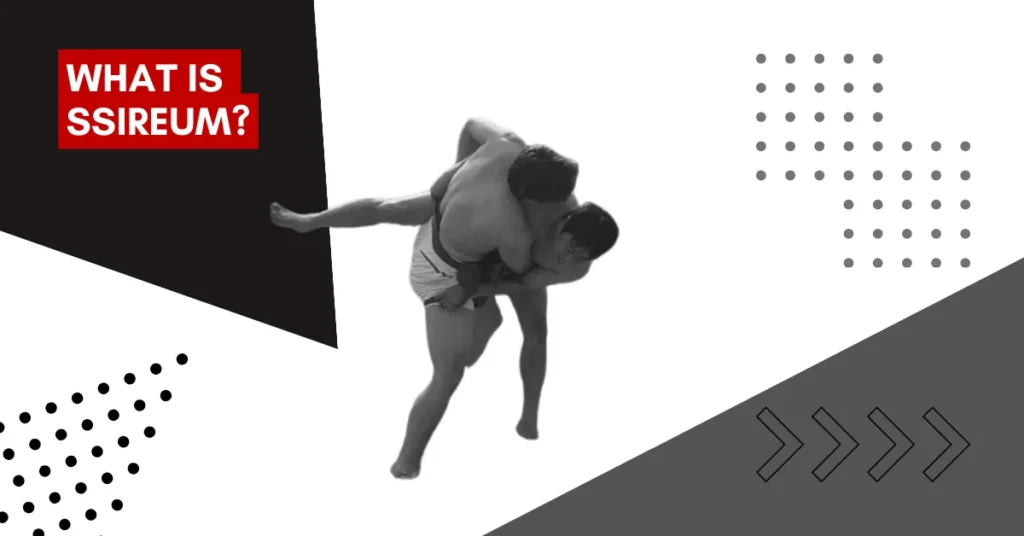Did you know that Eskrima, a Filipino martial art, has gained popularity worldwide and is practiced in various countries? This dynamic combat sport, also known as Kali or Arnis, incorporates self-defense, stick fighting, and weapons training, making it a practical and effective martial art.
The flowing movements, quick attacks, and deft footwork that define the art form. Practitioners of eskrima receive training in a range of techniques, such as grappling, disarming, blocking, and striking. The versatility of Eskrima, which enables practitioners to switch between armed and unarmed fighting with ease, is one of its distinguishing qualities.
With a long history that is firmly ingrained in Filipino culture, eskrima has taken on many different forms and methods. It has become well-known throughout the world for its efficiency and realistic approach to self-defense. Eskrima is a useful martial art for self-defense since it frequently stresses real-world situations.
Table of Contents
Key Takeaways
- Eskrima is a Filipino martial art that emphasizes self-defense, stick fighting, and weapons training.
- It has a rich cultural history in the Philippines and has gained popularity in many countries around the world.
- The techniques of Eskrima include striking, grappling, and weapon-based techniques.
- Training in Eskrima is done progressively, starting with foundational moves before advancing to more complex techniques.
- Weapons such as sticks, knives, and swords are extensively used in Eskrima training and combat.
The Origins and History of Eskrima
Eskrima, also known as Kali or Arnis, has a rich history deeply rooted in the indigenous Filipino fighting techniques that existed long before the arrival of the Spanish in the Philippines. These techniques were developed and practiced by local peasants as a means of self-defense and protection.
When the Spanish colonizers arrived, they encountered these martial arts and referred to the use of sticks as “esgrima,” eventually leading to the term “Eskrima.” Each region in the Philippines developed its own versions of the martial art, incorporating different terminologies.
“Eskrima is not a martial art alone, but a way of life. This martial art reflects the history of our people, our struggles, and our resilience.”-Master Guro Mike
Over time, Eskrima absorbed influences from other cultures, such as Chinese and Indonesian martial arts, along with Spanish fencing techniques. This blending of techniques and influences truly sets Eskrima apart as a unique and effective martial art.
- Eskrima derives its name from the Spanish term “esgrima” which means fencing.
- Indigenous Filipino fighting techniques existed before the colonial period.
- Eskrima incorporates influences from Chinese and Indonesian martial arts.
- Spanish colonizers encountered the martial art, leading to the term “Eskrima.”
- Different regions of the Philippines developed their own versions of Eskrima.
Key Techniques and Training in Eskrima
Eskrima, also known as Kali or Arnis, is a dynamic and versatile Filipino martial art that encompasses a wide range of combat techniques. Training in Eskrima involves the mastery of various skills, including stick fighting, knife fighting, footwork, striking, locks, and disarms. These techniques are taught through a combination of drills, sparring, and real-life scenarios to prepare practitioners for actual self-defense situations.
Stick Fighting
One of the foundational aspects of Eskrima is stick fighting. Practitioners learn how to effectively use sticks of varying lengths and thicknesses as both offensive and defensive weapons. The use of sticks not only provides a safe and controlled environment for training but also develops core skills such as coordination, timing, and strategy. Through rigorous practice, practitioners gain proficiency in wielding sticks with precision and power, enabling them to effectively defend themselves in combat.
Knife Fighting
In addition to stick fighting, knife fighting is another crucial component of Eskrima. Practitioners learn how to utilize knives for offense and defense, honing their skills in close-quarters combat. Knife techniques in Eskrima focus on quick, precise strikes and fluid movements, allowing practitioners to effectively neutralize adversaries. Through comprehensive training, practitioners develop the ability to adapt to different situations and successfully defend themselves using bladed weapons.
Footwork and Striking Techniques
Eskrima places great emphasis on footwork and striking techniques. Practitioners employ triangular footwork, characterized by agile and precise movement patterns, enabling them to swiftly navigate the battlefield, evade attacks, and maintain advantageous positions. Striking techniques in Eskrima incorporate a combination of punches, kicks, and elbow strikes, empowering practitioners with the ability to deliver powerful and accurate strikes to subdue opponents.
Locks and Disarms
Locks and disarms are critical techniques in Eskrima, enabling practitioners to control and neutralize opponents without causing excessive harm. These techniques involve deflecting and manipulating an opponent’s weapon, utilizing joint locks and pressure points, and disarming opponents of their weapons. Through diligent training, practitioners develop the ability to quickly assess and exploit an opponent’s vulnerabilities, effectively subduing them while minimizing the use of force.

Weapons Used in Eskrima
Eskrima, a renowned Filipino martial art also known as Kali or Arnis, is distinguished by its extensive utilization of various weapons in both training and combat scenarios. These weapons enhance the art’s effectiveness and provide practitioners with a wide range of skills and techniques to handle different combat situations.
Sticks and Batons
The primary weapons used in Eskrima are sticks and batons, commonly referred to as “escrima sticks”. These tools are typically crafted from lightweight and durable rattan, allowing for swift strikes and effective blocks. The escrima sticks serve as versatile implements for offense, defense, and coordination, promoting agility and precision in the practitioner’s movements.
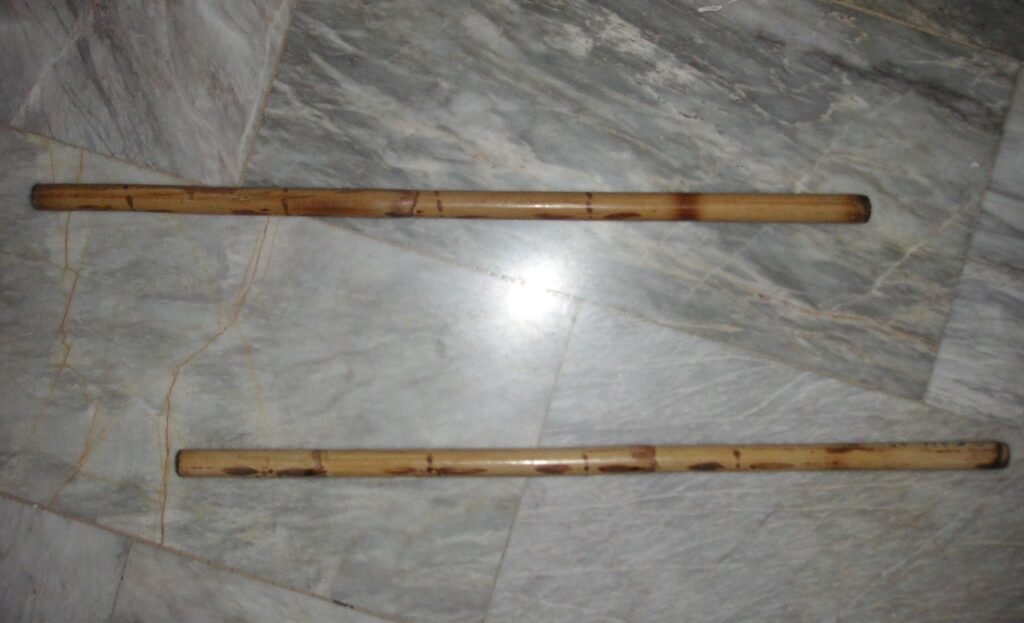
Knives and Daggers
In addition to stick fighting, Eskrima places significant emphasis on knife and dagger techniques. Practitioners learn how to defend against and attack with bladed weapons effectively. The training encompasses a range of skills, including blocking, disarming, and utilizing the sharp edge of the blade with finesse and accuracy.
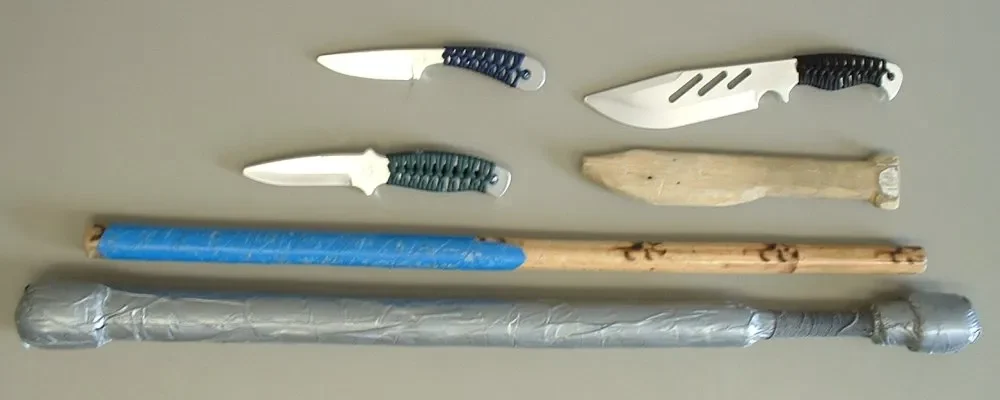
Swords and Bolos
Eskrima also includes training with larger weapons such as swords and bolos. These weapons, with their long-range capabilities and substantial striking power, enable practitioners to engage in combat at a distance while maintaining the art’s fluidity and adaptability. The techniques associated with swords and bolos encompass precise footwork, powerful strikes, and intricate defense maneuvers.
The diverse array of weapons used in Eskrima empowers practitioners with the versatility and adaptability required in real-life combat situations. From the fluid utilization of escrima sticks to the finesse of knife techniques and the power of swords and bolos, Eskrima equips individuals with a comprehensive skill set to face various adversaries and challenges.
Conclusion
Eskrima is a captivating Filipino martial art that offers a dynamic and engaging experience for martial arts enthusiasts. With its emphasis on practical self-defense techniques, stick fighting, and weapons training, Eskrima provides a comprehensive approach to combat. Tracing its roots back to indigenous Filipino fighting techniques, Eskrima has evolved over time, incorporating influences from various cultures.
One of the unique aspects of Eskrima is its training methods, which focus on adaptability and versatility. Practitioners learn a range of techniques, including striking, grappling, and weapon-based moves, in a progressive and systematic manner. Through drills, sparring, and real-life scenarios, practitioners develop the skills necessary for effective self-defense.
Beyond its effectiveness as a combat sport, Eskrima holds a significant place in Filipino cultural heritage. Recognized as an important element of Filipino identity, this martial art showcases the rich traditions and history of the Philippines. Whether for self-defense, cultural exploration, or fitness, Eskrima offers an immersive experience that combines practicality with a profound cultural legacy.
Experience the power and beauty of Eskrima – a martial art that embodies the spirit of Filipino heritage, self-defense, and the art of combat. Through its techniques rooted in history and its commitment to adaptability, Eskrima continues to captivate practitioners around the world.
FAQ
What is Eskrima?
Eskrima, also known as Kali or Arnis, is a Filipino martial art that encompasses a variety of combat techniques, including self-defense, stick fighting, and weapons training. It originated in the Philippines and is widely practiced around the world.
Is Eskrima effective in a street fight?
Eskrima is considered effective in a street fight due to its focus on quick and practical movements, particularly against armed attacks such as knife assaults. The art’s emphasis on adaptability and flexibility makes it suitable for real-life self-defense situations.
Is it Kali vs Escrima vs Arnis?
While Kali, Escrima, and Arnis are terms often used interchangeably, they generally refer to the same Filipino martial art. Arnis is commonly used in the northern Philippines, Escrima in the middle and southern islands, and Kali is a non-Filipino umbrella term. However, the techniques and principles are generally consistent across these variations.
Is Eskrima used in the military?
Yes, Eskrima is used in military and police training worldwide. It is valued for its focus on stick and knife fighting, making it applicable to close-quarters combat scenarios. The art’s practicality and effectiveness have led to its inclusion in military training programs.
Are there belts in Eskrima?
Traditionally, Eskrima did not involve belts or ranks. However, the presence of belts in Eskrima became somewhat controversial in the early 1990s. The existence of belts or ranks in Eskrima would depend on the specific system and the individual school, as practices can vary.
What weapons are used in Eskrima?
Eskrima utilizes a range of weapons, including sticks and batons, knives and daggers, swords, and bolos. These weapons enhance the practitioner’s versatility and adaptability in combat situations.

